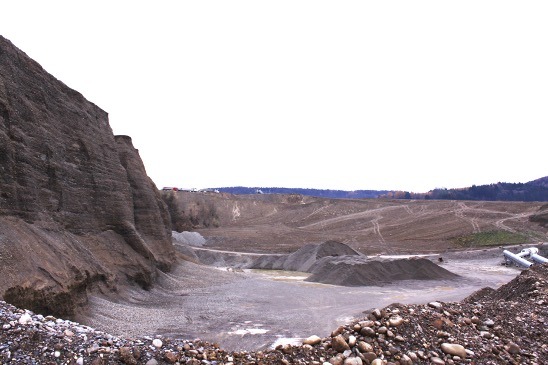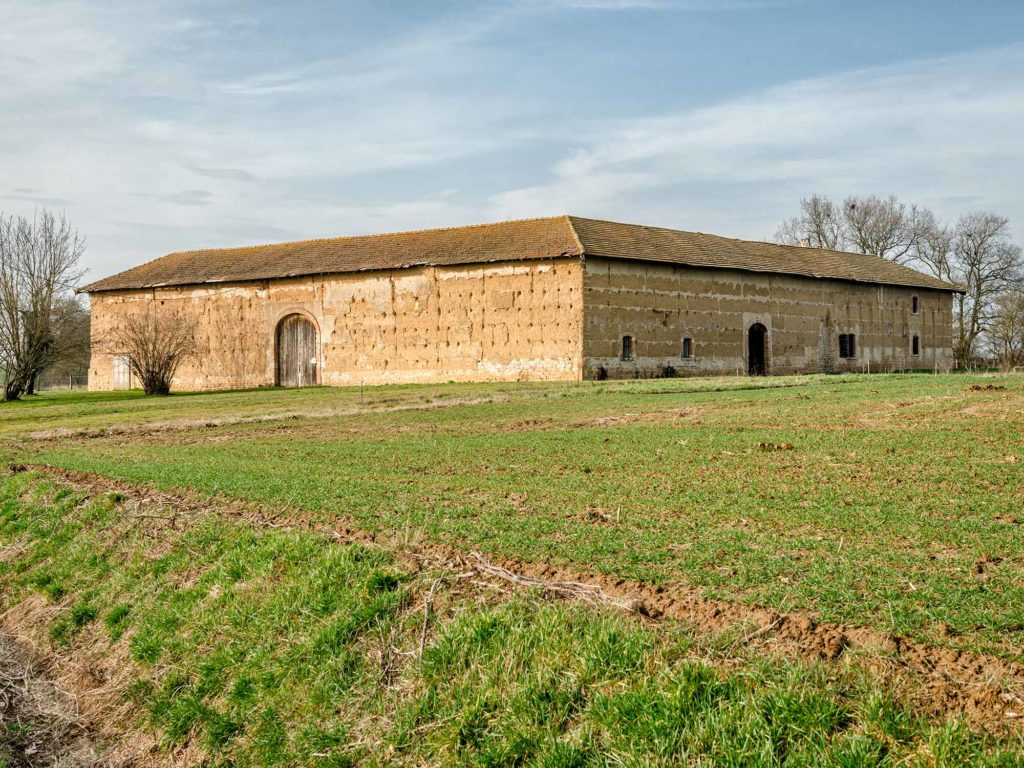The construction of buildings, their maintenance and disposal at the end of their useful life are responsible for 40% of the energy consumed and the resulting greenhouse gas emissions, which are driving our global warming ever faster. Building with loam and trass lime has many sustainable advantages, which must be exploited.
ADVANTAGES OF BUILDING WITH LOAM AND TRASS LIME
EASILY AVAILABLE: Excavated material in the form of loam (clay, silt, sand and stones) is available in huge quantities all over the world, as it is generated in all construction projects and infrastructure buildings. In Europe, this material is by far the largest amount of waste, many times the daily residual waste from households, for example. Disposal of this material (usually to refill concrete gravel pits) is expensive, transport and energy-intensive.
SAVING RESOURCES: If possible, can be built directly with clay or trass lime, then energy savings are achieved. The decisive factor here is that other materials are replaced at the same time, which usually require 10 times more energy in production (grey energy), such as cement products (concrete and cement plaster) or bricks.
COMPLETELY RECYCLABLE: This completely natural building material clay is very direct and easy to reuse at the end of its life. Only by adding water can this building material be reused after it has been demolished.
ENERGY STORAGE: Building materials made of clay and trass lime have a high density and are therefore well suited for storing heat and/or cold energy in the form of and in combination with heating systems etc.
GENERATED APPROPRIATE SPACE CLIMATE: Natural building materials made of clay are breathable, which means that there is an active exchange and regulation of the relative humidity. If it is too humid in a room, the clay absorbs and stores this moisture. If it is too dry in a room, loam releases the stored moisture again. Free of chemical additives, loam has an antiseptic and odour-neutralising effect and is therefore suitable for allergy sufferers.
GENERATED APPROPRIATE ROOM ACOUSTICS: Due to the high mass and perforated surface, building materials made of clay have a positive effect on the room acoustics.
GOOD COMBINABLE: Clay and trass lime can be combined very well with other building materials. For example, clay has been used for centuries to protect the wooden parts of old half-timbered houses. Through intelligent combination and hybrid construction methods, building materials can ideally complement each other according to their properties.
Photos: LEHMAG AG and Philip Heckhausen





